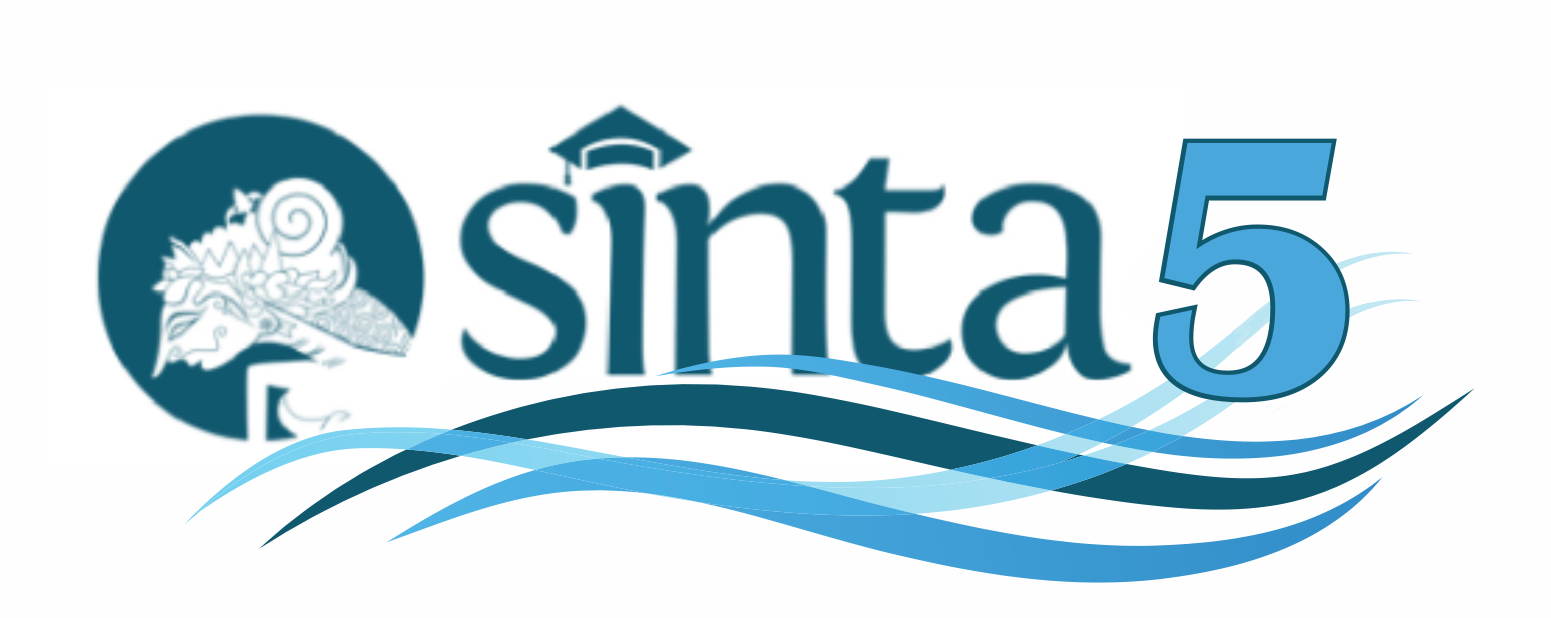Kelimpahan Plankton di Perairan Pantai Kampung Enggros, Kota Jayapura
DOI:
https://doi.org/10.31957/acr.v2i1.991Abstract
The aim of this research is to determine the abundance of plankton. This abundance has a tendency to explain the level of fertility in the sea waters of Enggros Village. The study was undertaken in April 2018. The method of this study is using random sampling in four stations and these samples were analyzed in the Laboratory of Management of Coastal Resources, Ottow Geisler University, Jayapura. The data from samples were analyzed by using excel software to describe the result from each station. The result showed that 7 genera of plankton consisting of 5 genera phytoplankton, namely Thalassionema, Pleurosigma, Skeletonema, Ceratium and 3 genera zooplankton they are Calanus sp, Clausocalanus sp, Acatia sp. The abundance of Thalassionema (177 sel/L) has significant at station I, while the abundance of Ceratium (22 sel/L) has lowest values at station III. The total abundance of the plankton has fluctuated in each station. It was found that the total abundance of plankton was linear with the availability of nutrients and vice versa in the waters of Enggros villages.
Keywords: Plankton abundance; Random sampling; Enggros Villages
Downloads
References
Anderson, D.M., Reguera, B., Pitcher, G.C. and Enevoldsen, H.O. 2010. The IOC International Harmful Bloom Program: history and science impacts.
APHA. 2012. Standard Methods for the Examination of Water and Waste Water, 22nd Edition. Ohio: AWWA, WEA.
Damar, A. 2003. Effects of enrichment on nutrient dynamics, phytoplankton dynamics and productivity in Indonesian tropical waters: a comparison between Jakarta Bay, Lampung Bay and Semangka Bay. Berichteaus dem Forschungsund Tecnologiezentrum Weskute der Universitat Kiel. Busun. 249 p.
Hansen, P.J., Lundholm, N. and Rost, B. 2007. Growth limitation in marine red-tide dinoflagellates: effects of pH versus inorganic carbon availability. Marine Ecology Progress Series, 334, 63-71.
Hutabarat, S. dan Evans, S.M. 1995. Pengantar Oceanografi. Jakarta: Universitas Indonesia Press.
Makmur, M., Kusnoputranto, H., Moersidik, S.S. dan Wisnubroto, S.D. 2012. Pengaruh Limbah Organik & Rasio N/P Terhadap Kelimpahan Fitoplankton Di Kawasan Budidaya Kerang Hijau Cilincing. Jakarta: BATAN.
Nontji, A. 2007. Laut Nusantara. Jakarta: Jambatan.
Nybakken, J.W. 1997. Marine Biology: An Ecological App-roach. 4 ed. California: Addison-Wesley Educational Publishers Inc.
Nurfadillah, Damar, dan Adiwilaga. 2012. Komunitas fitoplankton di perairan Danau Laut Tawar Kabupaten Aceh Tengah, Provinsi Aceh. Depik, 1(2), 93–98.
Odum, E.P. 1998. Dasar-Dasar Ekologi. Edisi Ketiga. Yogyakarta: Universitas Gadjah Mada.
Risamasu, F.J.L. dan Prayitno, H.B. 2011. Kajian Zat Hara Fosfat, Nitrit, Nitrat, dan Silikat di Perairan Matasiri, Kalimantan Selatan. Jurnal. Ilmu Kelautan Universitas Diponegoro.
Tambaru, R. 2008. Dinamika komunitas fitoplankton dalam kaitannya dengan produktivitas primer perairan di Perairan Pesisir Maros Sulawesi Selatan.
Thoha, H. dan Rachman, A. 2007. Kelimpahan dan distribusi spasial komunitas plankton di Perairan Kepuluan Banggai. Jurnal Ilmu dan Teknologi Kelautan Tropis, 5(1), 145-161.
Wardoyo, S.T.H. 1975. Kriteria Air Untuk Keperluan Pertanian dan Perikanan. Departemen Tata Produksi Perikanan. Fakultas Pertanian, IPB. Bogor.
Wetszel, and Likens. 1979. Limnology. 2nd Ed. Oxford: Sounders collage Publishing.
Yoshimatsu, T., Yamaguchi, H., Iwamoto, H., Nishimura, T. and Adachi, M. 2014. Effects of temperature, salinity and their interaction on growth of Japanese Gambierdiscus spp.(Dinophyceae). Harmful Algae, 35, 29-37.
Yuliana, Adiwilaga, E.M., Harris, E. dan Pratiwi, N.T.M. 2012. Hubungan antara kelimpahan fitoplankton dengan parameter fisik-kimia perairan di Teluk Jakarta. Jurnal Akuatika, 3(2), 169–79.
Downloads
Published
Issue
Section
License
Authors who publish with this journal agree to the following terms:
- Authors retain copyright and grant the journal right of first publication with the work simultaneously
licensed under a Creative Commons Attribution-NonCommercial-ShareAlike 4.0 International License
that allows others to share the work with an acknowledgement of the work's authorship and initial
publication in this journal. - Authors are able to enter into separate, additional contractual arrangements for the non-exclusive
distribution of the journal's published version of the work (e.g., post it to an institutional repository
or publish it in a book), with an acknowledgement of its initial publication in this journal. - Authors are permitted and encouraged to post their work online (e.g., in institutional repositories or
on their website) prior to and during the submission process, as it can lead to productive exchanges,
as well as earlier and greater citation of published work (See The Effect of Open Access).





















